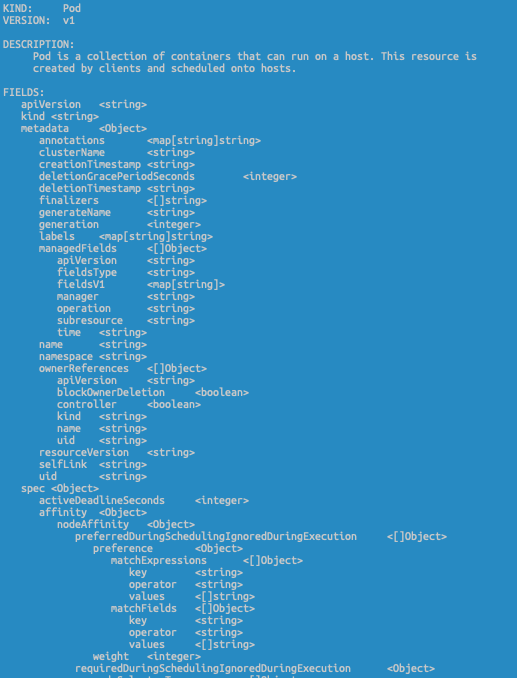Maximize Your Success: Tips to Ace the CKAD Exam
Written on
Chapter 1: Introduction to CKAD Exam Preparation
Recently, I shared my journey in tackling the Kubernetes Application Developer Certification Exam. If you're considering this challenge, I highly recommend checking it out. However, I’d like to offer some actionable advice derived from my experience that could assist others on a similar path. While many resources exist, each brings a unique viewpoint, and here’s mine: Speed with Caution.
You’ll have approximately two hours to answer between 15 to 20 practical questions, averaging about six minutes per question. This timeframe is adequate, but it's crucial to maintain a brisk pace. Instead of scanning the entire exam or bouncing between questions, dive into the first one immediately. If you find yourself stuck, move on to the next. Remember to validate your outputs to confirm that your objects are created correctly, with appropriate attributes and configurations, before proceeding. Time is invaluable—during my exam, I had ample time to revisit questions, but I wasted 20 minutes because I mistakenly typed “ngnix” instead of “nginx”!
Section 1.1: Embrace Imperative Commands
Learning the YAML structure for essential objects such as Deployments, Pods, CronJobs, and Jobs is vital. Mastering imperative commands will enable you to generate initial outputs swiftly. While commands like kubectl run, kubectl create, and kubectl expose may not provide complete solutions, they can cover about 80% of your needs and help you reach a workable answer more quickly. I suggest exploring this resource:
GitHub - dgkanatsios/CKAD-exercises: A compilation of exercises designed for Certified Kubernetes Application Developer exam preparation.
Section 1.2: Efficient Use of kubectl Explain
To save time during your exam, utilize kubectl explain to avoid getting lost in documentation. I sometimes struggle to recall the exact names of fields or their locations in YAML files. Therefore, I relied heavily on kubectl explain, especially with the --recursive flag. This command helps clarify the YAML structure, and if you're unsure whether the key is configMap, ConfigMapRef, claimName, or persistentVolumeClaim, it can be an invaluable resource. Pairing it with a grep -A 10 -B 5 command to locate your field and its context can enhance your efficiency. While this doesn’t replace the need to understand the YAML structure, it can be a lifesaver when you’re uncertain.

Chapter 2: Additional Tools and Strategies
For those preparing for the CKAD exam, the video "How to Pass CKAD Exam on First Attempt || Kubernetes Certification" provides valuable insights and strategies to help you succeed.
Another resource, "How to Crush the CKAD Exam," offers tips that can significantly bolster your preparation and confidence.
Don’t overlook Docker, Podman, and Helm: With the changes implemented in the certification as of September 2021, understanding the building process is crucial. If time allows, familiarize yourself with these tools to tackle any related questions effectively.
Using the Simulator: The Linux Foundation provides two simulation sessions that can offer a realistic exam experience. This exposure will familiarize you with the types of questions and the exam interface, ensuring that you don't face the exam environment for the first time. I recommend completing both sessions—one during your training and the other just a day or two before the exam.
Kubernetes CKS CKA CKAD Simulator / Example Questions / Practice Exam
killer.sh
In summary, I hope these tips prove useful. If they resonate with you, feel free to reach out on social media or through your preferred contact method. Best of luck with your preparation, and I’m confident you'll achieve your goals!